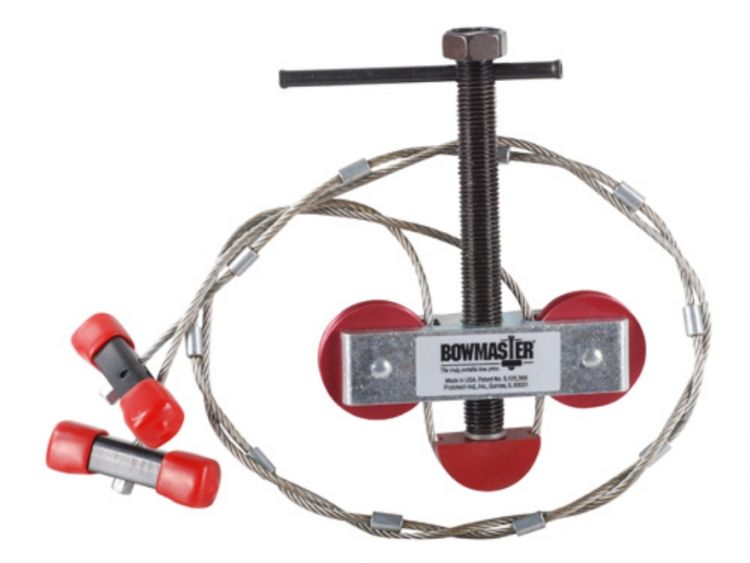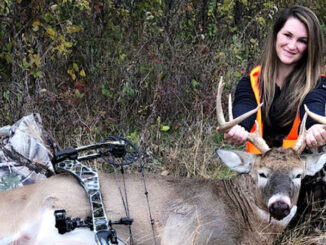
Equipment problems don’t need to end a hunt
Every bowhunter’s worst nightmare is to have equipment issues in the field. Regular maintenance can greatly reduce the chances of this happening, but there is always a possibility. An errant broadhead can easily cut a string or cable, and brush or rocks can fray them as well. Servings can slip, causing nock-point movement and poor arrow flight.
Many places we hunt are within reasonable driving distance of an archery shop these days, but what if you have a problem on an elk hunt in the Rockies? At best, it will cost you a day or two of hunting and at its worst, your hunt is over. But you can do several things to prepare for most bow issues you will encounter in the field, possibly saving your hunt in the process.
The easiest solution is to bring a backup bow, but that is also the costliest option. Ideally, it wouldn’t be a bow that has been stored in the garage for years, unused and poorly maintained. You should maintain your backup bow regularly and practice with it to stay confident. If you have a problem with your primary bow, your backup will be tuned, and you will shoot it with ease. Ideally, it will shoot the same arrows as your primary bow, reducing the amount of gear you bring on a trip. Keep this in mind the next time you upgrade your bow, as your old setup often makes a great backup bow.
An extra string set
On hunts where you fly in, hike in or pack in on horseback, weight and space limitations may prevent you from bringing a second bow. In these instances, a close second is to bring another complete string set for your bow. This works best if it has already been installed on your bow, tuned shot for several months, and then paper-clipped or zip-tied to keep the exact number of twists once they are removed. That way, if you cut a string or cable, it’s simply a matter of installing your pretuned string and cable(s) and firing a few shots to get on target and back to your hunt. This requires you to buy a second string set and peep sight and a portable bow press — and to pay to have the second set installed and tuned before your hunt. This is where a little extra forethought, expense and preparation pays off big-time in a crunch. Even if you don’t set the string and cable(s) up on your bow beforehand, it is still a great idea to buy an extra set. You never know if they will be available near your hunting area should you need them. Should you have an issue, be sure to change the entire set. It’s a matched set, and only changing one piece could cause poor tuning and accuracy.
Kit of tools
I also recommend carrying an emergency kit of tools and materials for repairing many common issues that might arise. Every archer owes it to himself to have some basic tools and knowledge for minor repairs or adjustments that might be needed. A set of Allen wrenches is a must for anyone shooting a compound bow. They will fit most, if not all, of the bolts on your bow and the accessories mounted to it. Double-check beforehand to ensure you have every size you need. A portable bow press is a huge help for changing strings in the field or even to adjust string twist to fix peep rotation. I use one called the Bowmaster that works exceptionally well. Many different ones are available for less than $100. Order one through your local archery shop and have them show you how to use it. The time to learn is not on a mountainside when you’re in a bind.

A cigarette lighter is useful to burn down loose serving ends and lock them in. Some D-loop material that has been pre-cut and burned to the proper length is a must. A frayed or broken D-loop can spell the end of your hunt. A pair of D-loop pliers, some serving material, a razor blade, needlenose pliers and some extra arrow nocks round out my kit and could all come in handy.
When planning your next big hunt or even a weekend at the camp, hope for the best, but plan for the worst. A little planning can prevent poor or even no performance. Don’t be “that guy” — set up your bow repair kit today.


